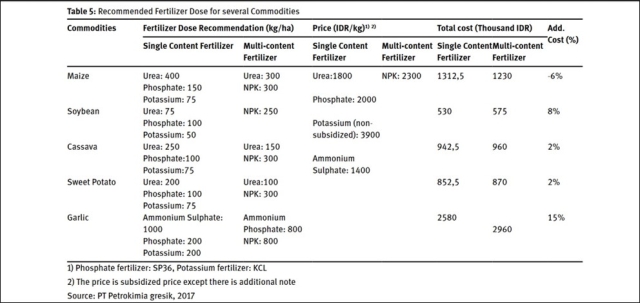論文情報
著者:Marissa Malahayati, Toshihiko Masui
発表年:2018
掲載雑誌:Open Agriculture, Vol 3, 46-56
論文へのリンク(英文のみ)
キーワード
Agriculture, non-CO2 emission, emission mitigation
概要
Reduction of Green House Gas (GHG) emissions in the agricultural sector is the main target for reducing non-CO2 emissions. In Indonesia, the agricultural sector is the third largest GHG emitter, far behind that from Land Use Change and Forestry (LUCF) and the energy sector. However, the agricultural sector is the biggest contributor of non-CO2 emissions and is also the most vulnerable sector to climate change. The Indonesian government is committed to reduce total emission inform current levels by 29% by 2030 under Nationally Determined Contribution (NDC). This will require reductions in emissions from all sectors including agriculture. Several mitigation technologies have been recommended by UNFCCC for implementation such as replacing urea with ammonium sulfate fertilizer; replacing nitrogen fertilizer with multicontent fertilizer; water irrigation management; replacing roughage with concentrate as livestock feed; and building biogas digesters. From our Computer General Equilibrium (CGE) simulation, if the focus of mitigation technology implementation in agriculture is to reduce non-CO2 emissions gases such as CH4 and N2O, then a comprehensive approach is needed. If the government implements the technology partially, we predict there will be a trade-off between CH4 and N2O emission. However, our simulation shows the loss to GDP caused by a new emission mitigation policy is very high even though Indonesia has invested for mitigation technology in agriculture. This is because we consider the additional investment needed will be costly and some technologies may not be suitable for implementation in Indonesia. In this research, we review current literature and examine each technology and its cost and compatibility with Indonesian situations in order to make policy recommendations for implementation by the Indonesia government.





